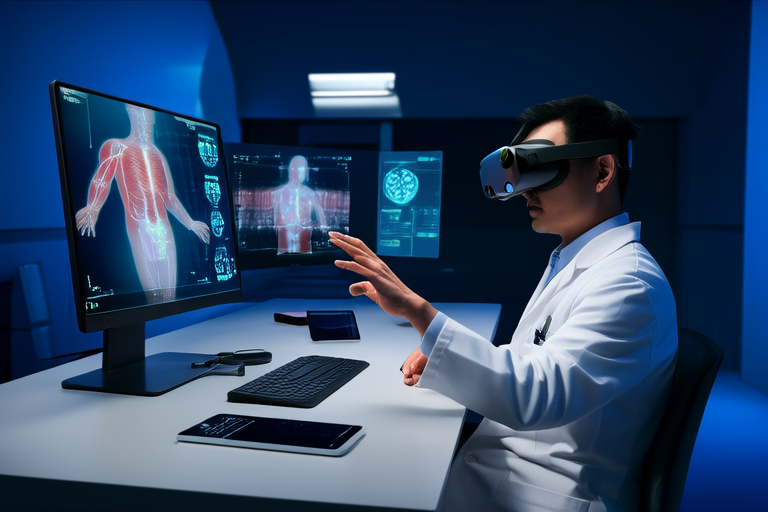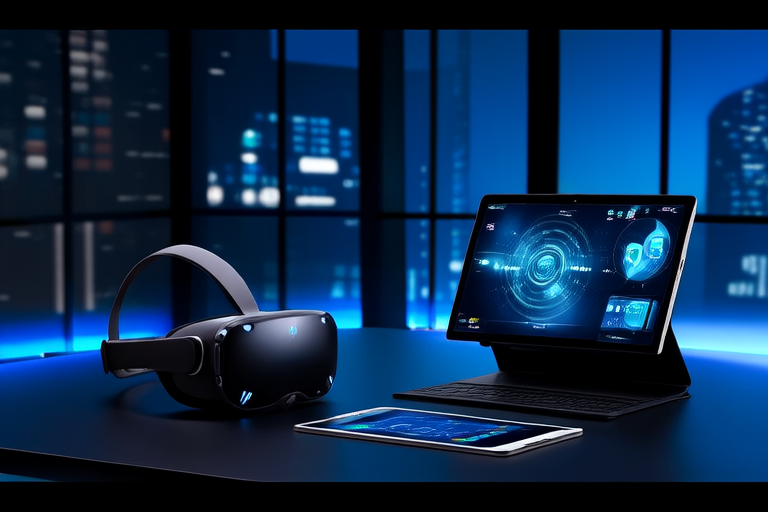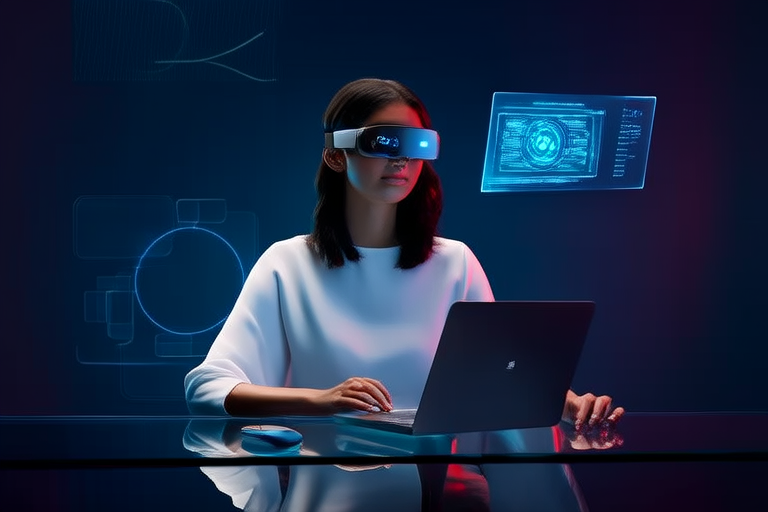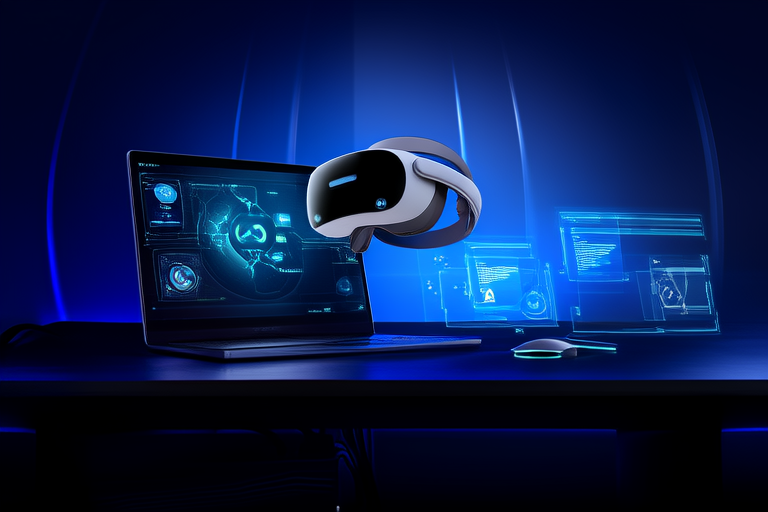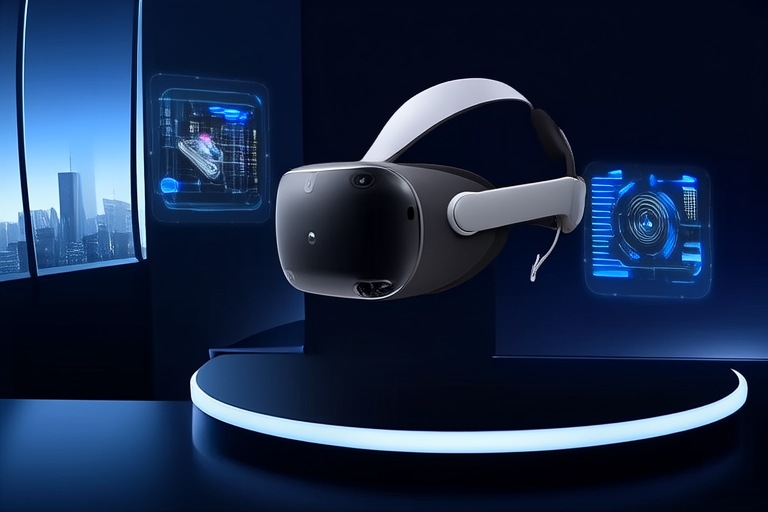From Gaming to Healthcare: The Surprising Applications of VR and AR
Introduction
Virtual Reality (VR) and Augmented Reality (AR) have evolved far beyond their initial use in gaming, becoming indispensable tools across a wide array of industries. Once primarily associated with immersive entertainment experiences, these technologies are now transforming fields ranging from healthcare and education to manufacturing and retail. As VR and AR continue to advance, they are offering innovative solutions to complex problems, enhancing user experiences, and driving significant improvements in productivity and efficiency. This article explores the diverse applications of VR and AR, focusing on their impact in healthcare, education, manufacturing, retail, and real estate.
Applications in Healthcare
The healthcare sector has seen remarkable advancements through the integration of VR and AR. These technologies are not only enhancing medical training but also providing new avenues for patient care. VR offers immersive environments that can simulate surgical procedures, allowing medical professionals to practice in a risk-free setting. For instance, medical students can perform virtual surgeries, honing their skills without the pressure of real-life consequences. Moreover, VR is increasingly being used for pain management, therapy, and rehabilitation. Studies have shown that patients undergoing VR-based therapy report reduced levels of pain and anxiety, making it an effective tool for treating chronic conditions.
AR, on the other hand, is revolutionizing surgical procedures by overlaying digital information onto the surgeon’s field of view. This technology enables real-time access to patient data, such as CT scans or MRIs, directly within the operating room. AR is also facilitating remote consultations, allowing specialists to guide less experienced surgeons through complex procedures. One notable example is the use of AR glasses during spinal surgery, which provides surgeons with precise anatomical overlays, enhancing accuracy and reducing the risk of complications.
Applications in Education
In the realm of education, VR and AR are revolutionizing the way students learn and interact with complex concepts. Immersive educational tools are enabling students to explore historical events, scientific phenomena, and engineering principles in ways previously unimaginable. For instance, students can virtually visit ancient civilizations, walk through the human body, or even experience space travel. These immersive experiences make learning more engaging and memorable, fostering a deeper understanding of the subject matter.
Virtual field trips and hands-on simulations are also becoming integral parts of the educational landscape. Students can participate in virtual labs, conduct experiments, and collaborate on projects without the need for physical resources. In higher education, VR and AR are being used to create realistic simulations for training in high-risk professions, such as aviation and firefighting. These simulations provide a safe environment for students to practice critical skills, preparing them for real-world challenges.
Applications in Manufacturing and Industry
The manufacturing industry is leveraging VR and AR to improve training programs and enhance worker safety. VR allows employees to undergo virtual training sessions, simulating real-world scenarios and equipment operation. This approach not only accelerates the learning process but also reduces the risk of accidents during actual training exercises. AR, meanwhile, is being used for real-time maintenance and troubleshooting, providing workers with instant access to technical manuals, diagnostic tools, and repair instructions. This ensures that issues can be addressed promptly, minimizing downtime and increasing overall productivity.
One of the most significant applications of AR in manufacturing is its role in optimizing production processes. By overlaying digital information onto physical objects, AR helps workers identify inefficiencies and streamline workflows. For example, AR can highlight areas where machinery requires maintenance or indicate optimal assembly sequences, leading to more efficient operations. Companies like Boeing have successfully implemented AR systems to assist technicians in assembling aircraft components, resulting in faster production times and improved quality control.
Applications in Retail and Real Estate
The retail sector is experiencing a transformation through the adoption of VR and AR, enhancing customer experiences and driving sales. Virtual try-ons are becoming increasingly popular, allowing customers to visualize themselves wearing clothing or accessories without physically trying them on. Interactive product displays are also gaining traction, offering customers the ability to customize products and see them in action before making a purchase. Personalized shopping experiences are another area where VR and AR are making a difference, providing tailored recommendations based on individual preferences and past purchases.
In real estate, VR and AR are revolutionizing the way properties are marketed and sold. Virtual home tours enable potential buyers to explore properties remotely, saving time and effort. AR is being used to visualize furniture and decor in real-life settings, helping buyers make informed decisions about layout and design. Additionally, AR can provide detailed information about a property’s features, such as energy efficiency ratings or structural integrity, enhancing transparency and trust between buyers and sellers.
Future Prospects
The future of VR and AR holds immense promise, with ongoing technological advancements poised to expand their applications even further. Emerging trends include the development of more advanced haptic feedback systems, which will allow users to feel textures and sensations in virtual environments. This could lead to more realistic interactions and enhanced immersion in various applications, from gaming to healthcare. Another exciting trend is the integration of AI with VR and AR, creating intelligent systems that can adapt to user needs and preferences in real-time.
However, the widespread adoption of these technologies also presents challenges and ethical considerations. Privacy concerns arise when personal data is collected and used for personalized experiences. There is also the potential for job displacement as automation and virtual training become more prevalent. Addressing these challenges will be crucial for ensuring the responsible and equitable deployment of VR and AR technologies.
Conclusion
In conclusion, VR and AR have demonstrated their versatility and transformative potential across multiple industries. From healthcare and education to manufacturing and retail, these technologies are driving innovation and improving outcomes. As VR and AR continue to evolve, their applications will likely expand, offering even more opportunities for growth and improvement. By embracing these technologies responsibly, we can unlock their full potential and create a brighter future for all.
